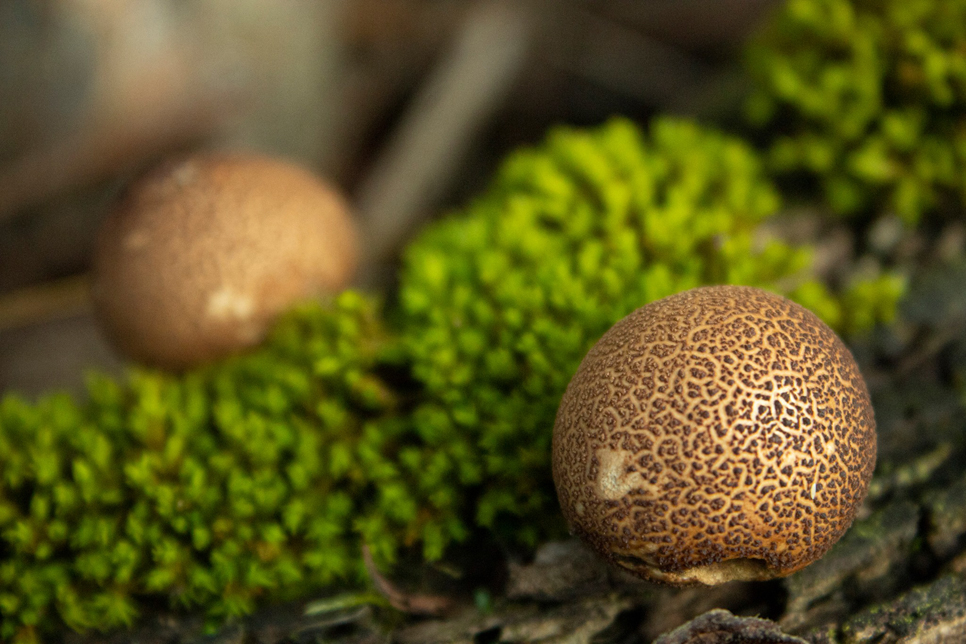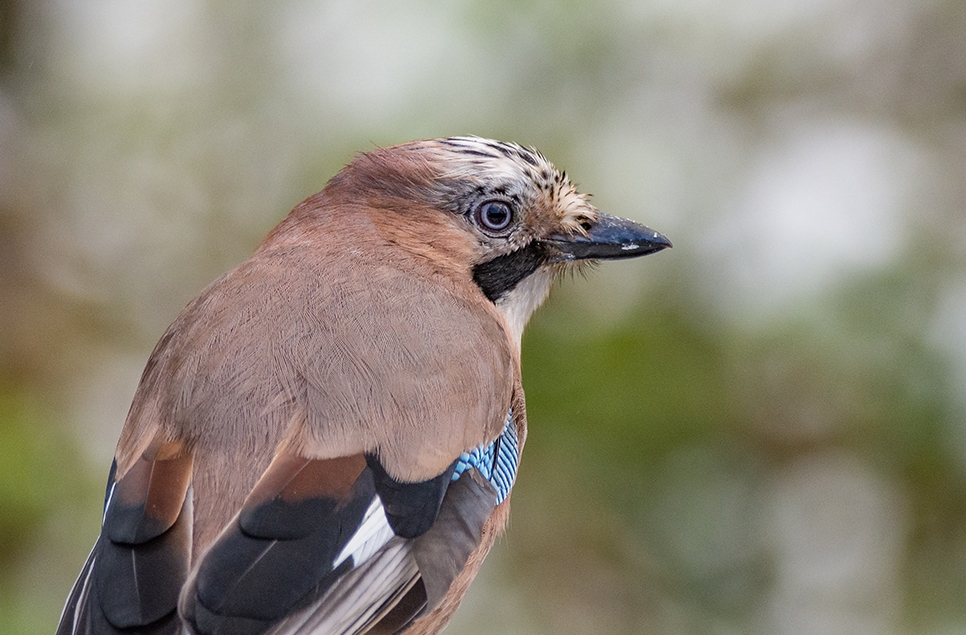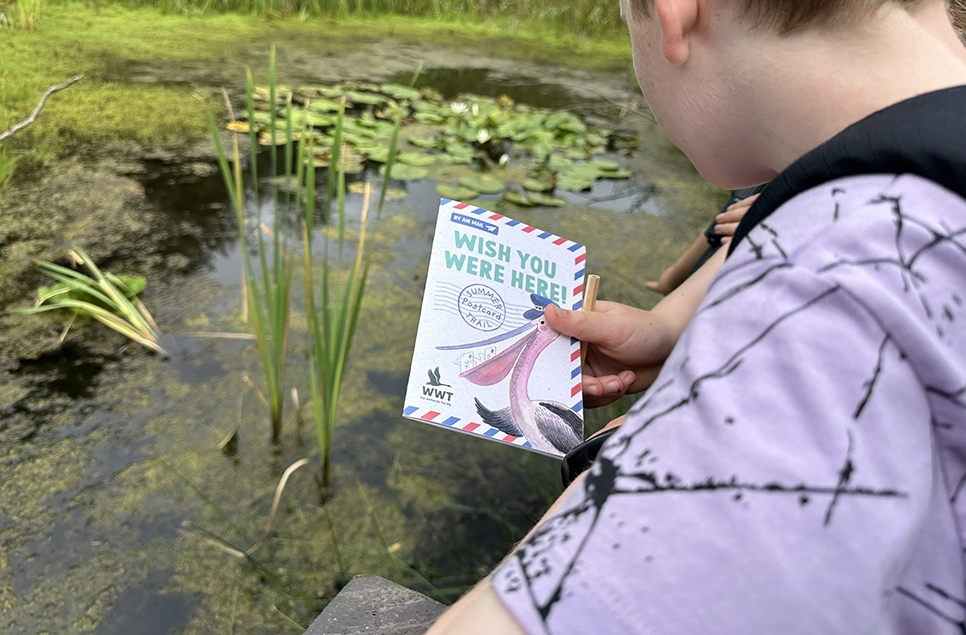Meet the team: Kate Ferguson - Reserve Warden
Join us as we sit down with Kate Ferguson, our Reserve Warden here at WWT Washington to get to know her better and learn more about what her day-to-day role entails.
So, Kate, what inspired you to become a reserve warden?
I think my inspiration stemmed from many things, but during college, I formed a real fascination with plants, and I loved finding new gardens or parks to visit with my family.
I then went on to study for a degree in Biology which sparked interest in pursuing a career that helped address some of the threats facing the nature world. While I originally considered doing this through a research-based career in plant science, I realised that working in a laboratory left me feeling disconnected from the real world and any difference my work was making.
So instead, after graduating, I started volunteering part-time and began applying to practical placement opportunities and internships. I was fortunate enough to get a place as a Practical Reserve Management Placement Student at WWT Washington. I loved it so much, I never left and now I’m grateful to be one of the Reserve Wardens here.
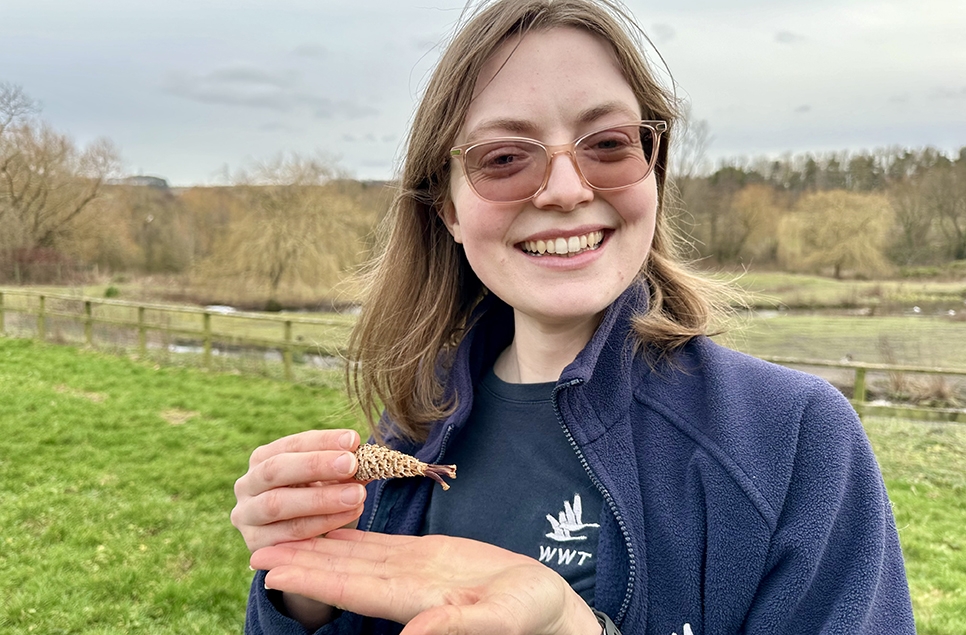
What does a typical day for you involve?
My day starts at 8.30am with a morning task to help prepare the site for welcoming the day’s visitors. This could involve anything from sweeping goose poo off the paths, litter picking and changing bins around the site, cleaning and completing a safety check of the play area or undertaking a fence check on the reserve.
The fence check is the longest of my morning tasks, involving a 2 hour walk of the site’s anti-predator electric fence. During this walk, I not only check the fence and electric wire are intact, I also release any blockages at water inflow and outflow points, top up bird feeder stations, open hides and visitor gates and make a list of the day’s wildlife sightings to be displayed at the visitor centre.
When morning tasks are complete, I get to start with the day’s task, which can vary by season. We are doing a lot of vegetation management now to keep the path edges, lawns, and views from the hides and into the reedbeds open. I’ve been using an Austrian Scythe to do a lot of this vegetation management, as well as the trusty tractor-trailer to help remove the many loads of grass cuttings.
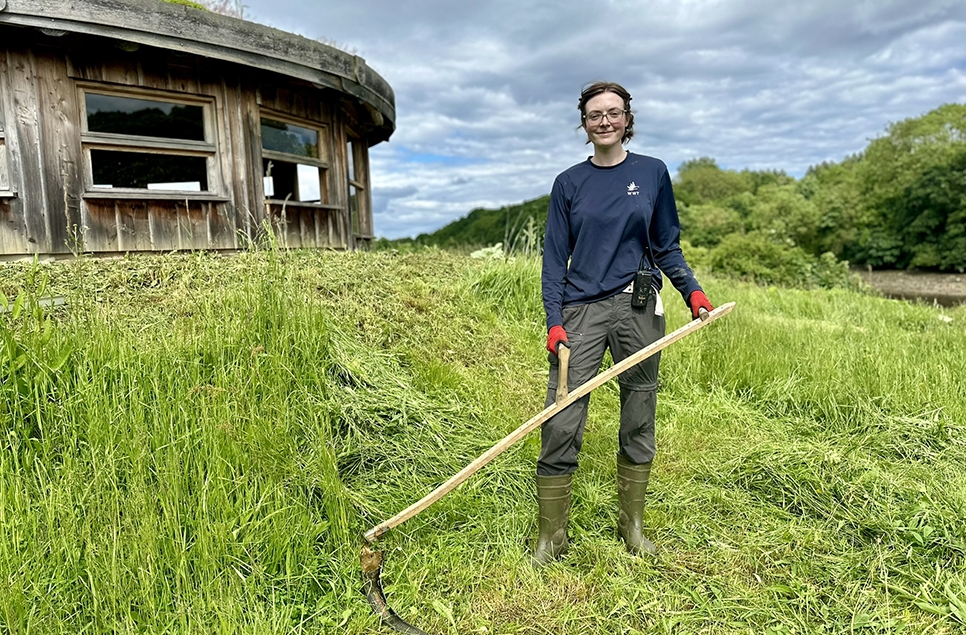
At the end of the day after tidying and putting away my tools, my day usually ends with a ‘clearance’. This task involves working with a colleague to walk around one side of the site each, closing hides and fox gates and making sure all members of the public have left before we close.
What are the most rewarding aspects of your job?
As someone who really enjoys arts and crafts, I didn't expect to find practical work creative, yet it’s fulfilling to me to do hands-on work and see the difference I’ve made- whether it be a freshly litter-picked path, a newly planted stretch of tree saplings or a satisfying fence post repair. I also really enjoy working outside. It’s great to be able to connect with the wildlife around me while I work, both for my personal wellbeing but also seeing firsthand the difference my work has in giving wildlife a home.
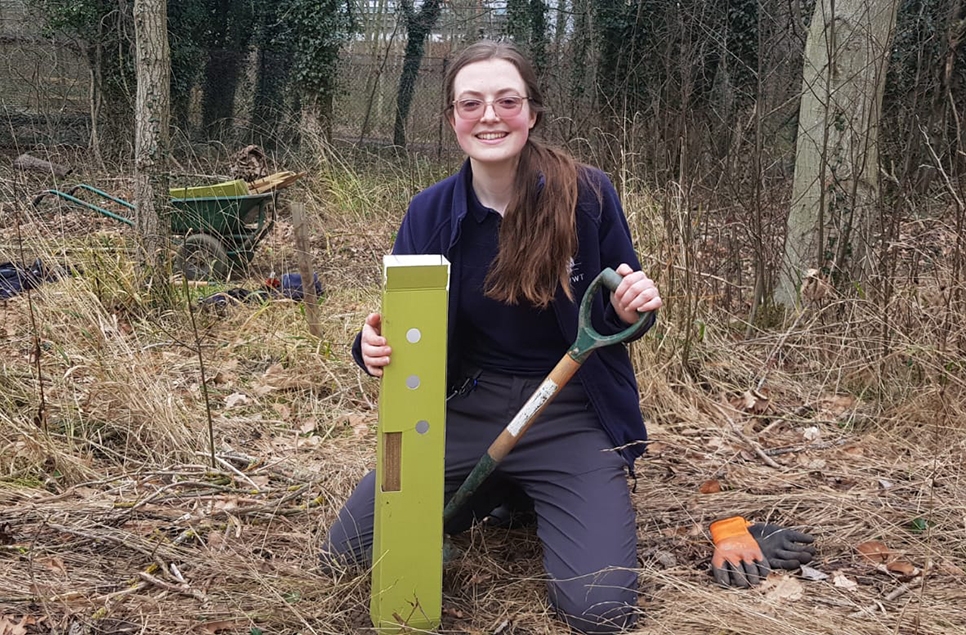
The biggest reward is knowing that the work I do gives wildlife around me the chance to thrive. I see this daily when I watch wading birds and ducks investigating the reedbed channels that I’ve just finished cutting, a Kingfisher sitting on the perching post I created, or see and hear Willow tits using new habitat I’ve helped to create for them.
For someone wanting to start a career as a reserve warden, are there specific qualifications that you would need?
To be a reserve warden, biology, knowledge of wildlife conservation, wildlife identification skills, habitat management, tools and machinery qualifications are all very valuable. A good place to gain this knowledge, skills and experience is a practical course in wildlife management or conservation.
Any advice for someone hoping to get in to this line of work?
I would advise anyone undertaking more academic studies to get involved in volunteering or a practical placement with local reserves and conservation organisations. As well as valuable experience and knowledge, volunteering is a way to show your commitment to conservation and also that you understand the realities of the job.
What do you love most about working here?
I love how dynamic and varied it is. Washington has lots of different types of habitat, such as reedbeds, ancient woodland and meadows- so I get to work in a variety of wild places, each with unique management needs and wildlife. There’s never a dull moment, as I never truly know what the day ahead entails- there may be storms, rare wildlife or emergency repairs needed to the site’s infrastructure and I have to be ready for the unexpected!
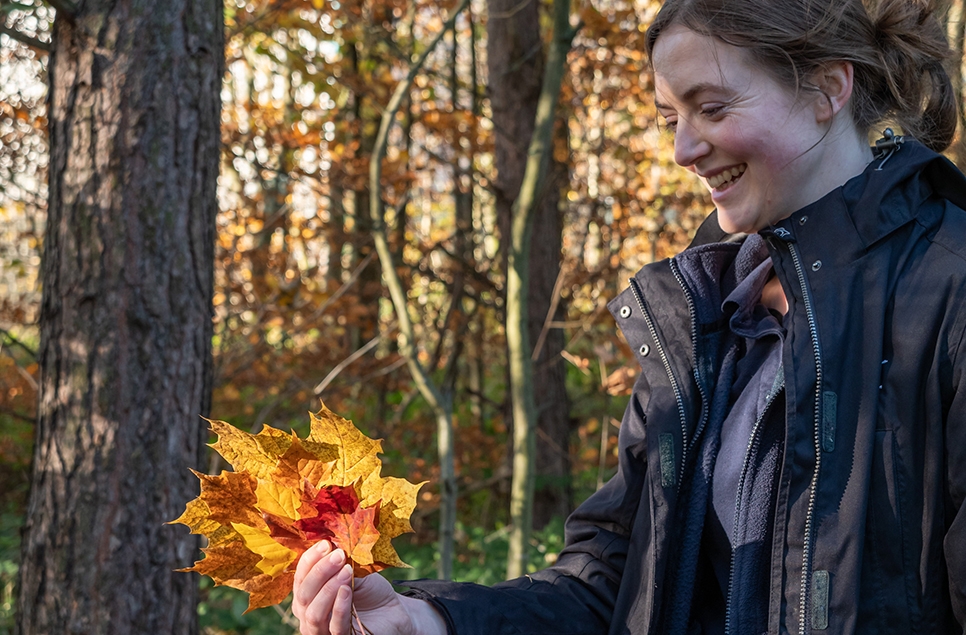
What are some of the challenges you face at Washington?
A lot of the challenges faced by wardens like myself are those brought on by nature. Winter 2024 was one of the wettest winters, turning our paths to bogs, making the meadows too wet for vehicles to drive on and washing away further areas of the paths. This is not just a challenge in maintaining infrastructure and undertaking seasonal habitat management, but also a massive challenge for the wildlife relying on predictable changes in day-length and weather conditions to time their behaviour and predict that of their prey’s. On the converse, I remember times during last summer where I was wishing for the rain and watching the edges of some of the grass lawns start to brown up. The drastic wet weather, prevailing storms and moments of lacking rainfall in summer just shows the extreme unpredictability we face at the centre.
Can you tell us about any wildlife protection projects you are involved in?
At Washington, one of the main focuses of our work recently has been protecting declining Willow Tit populations. Willow tit (pictured below © Mark Whitelock) are a red listed species that has experienced a 94% decline in their population from the 1970's up until 2020.
Fortunately, Washington is known to have had several breeding pairs on site and with the start of the Willow Tit Project in 2023, the team has been building and trialling a range of nest box designs, colour ringing the site’s Willow Tits in partnership with the Whitburn Ringing Group and monitoring the behaviour of individual birds through nest box checks, call-back surveys and camera trap studies.
This has been a particularly exciting project to be involved in with 5 individual birds being rung so far, a successful brood of 7 Willow Tits fledging from within habitat managed by the reserve team in 2023 and this year we had 6 responses during one of our call-back surveys, with 4 different birds seen at once.
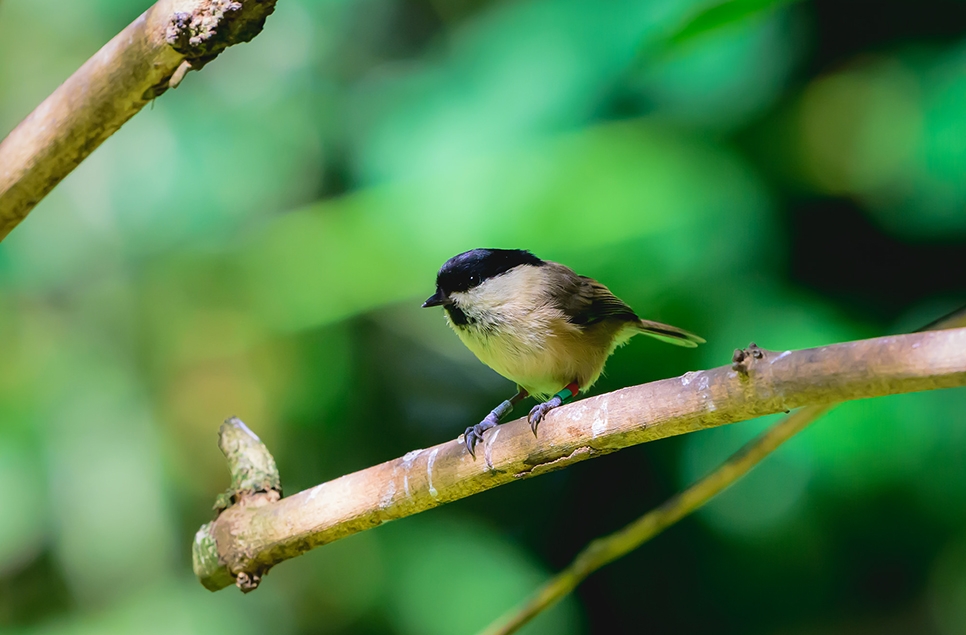
Do you have a favourite species and why?
It’s tough to choose favourites as my favourites change with each season but for woodland birds, it’s the Nuthatch. I love how it travels headfirst down branches with no fear, hangs so easily upside down from bird cage feeders and always sounds like it's laughing at the most hilarious inside joke when it's singing. Some of my other favourite birds include: Oystercatchers with their boisterous calls; the clumsy, dishevelment of young Herons in the Heronry; the daintiness and grace of a feeding Avocet, and the sheer strength of character of geese honking, hissing and always wanting you to be off ‘their’ stretch of path.
Beyond birds, I really enjoy seeing the diversity in shape and form of moths, my favourite moth being the green carpet.
What has been your most memorable experience with wildlife as a reserve warden?
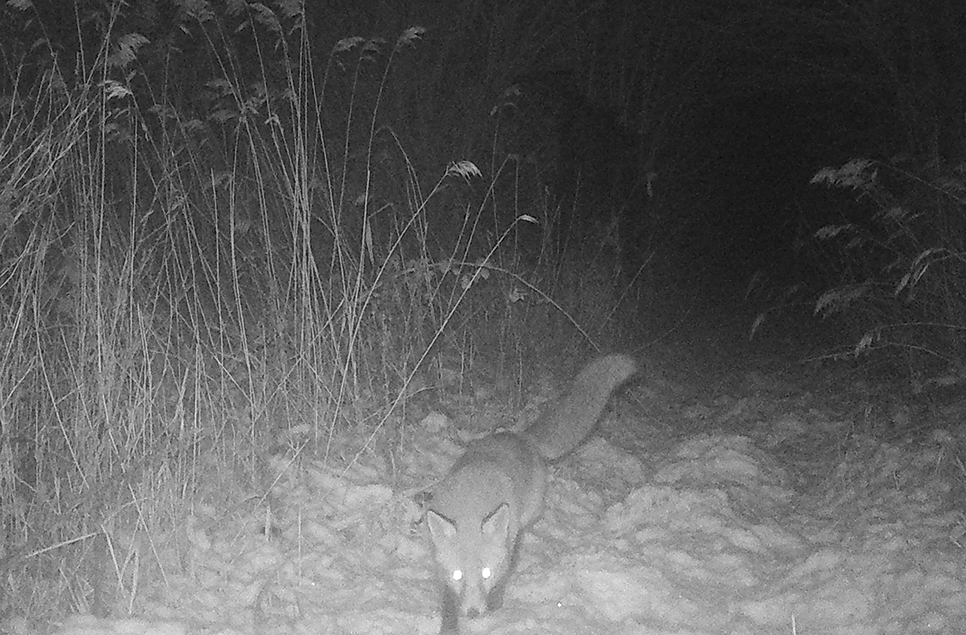
My all-time favourite wildlife moment on site was in winter 2023, when the site was covered in snow and there were fresh fox tracks around the river viewpoint. Myself and Emily, the practical reserve placement at the time, were studying the direction of the tracks when we looked up and saw the flame orange body of the fox bounding down a snowy saline lagoon meadow, around the front of the hide and down into the river reedbed. We were very lucky to be in the right place at the right time and managed to put out a camera trap to capture some photos of the fox enjoying the river reedbed and lagoon meadow during the snowy weather.
Where is the best spot-on-site to you?
It’s hard to choose but one of the places I have always been fond of is Spring Gill Wood. I particular like how mindful it is there and its history. Some of the trees in Spring Gill were actually there before WWT Washington even existed, as the wood was too inaccessible to be used as farmland by the farmer who previously lived and worked there. While I am not sure of their true age, its impressive to think about how much change those Oak trees must have seen during their time watching over the farm and now over WWT Washington. The Oaks have wonderful, curved branches that twist up to the sky and looking up at the canopy you can see examples of their ‘crown shyness’. This is where individual trees will stop their canopy from encroaching onto that of a neighbour and it results in a map of curling blue lines of sky between the canopies of each tree.
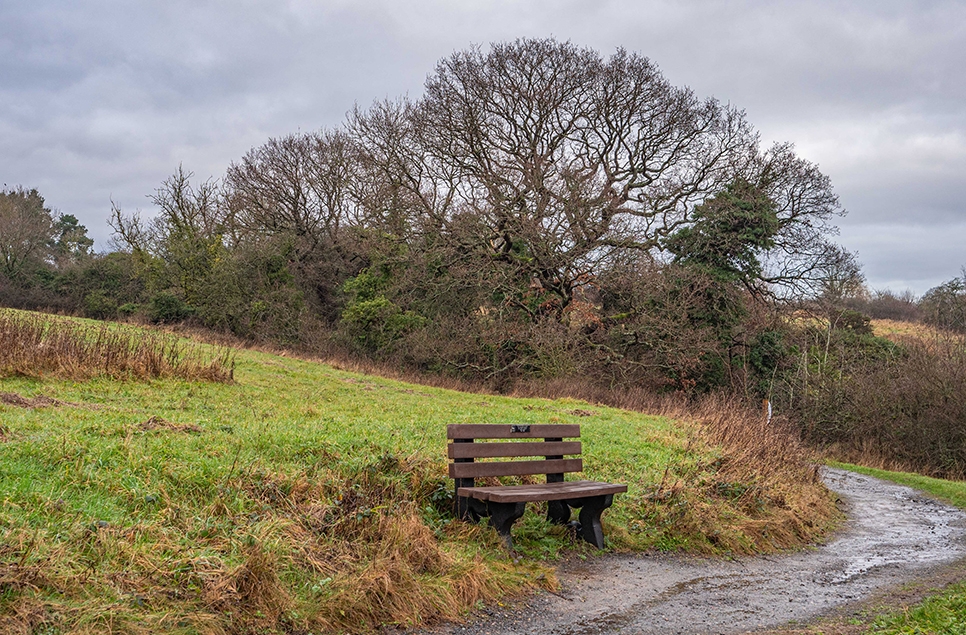
Ready to visit?
If you've been inspired to explore Washington Wetland Centre, find out more and plan your visit online.
Plan your visit